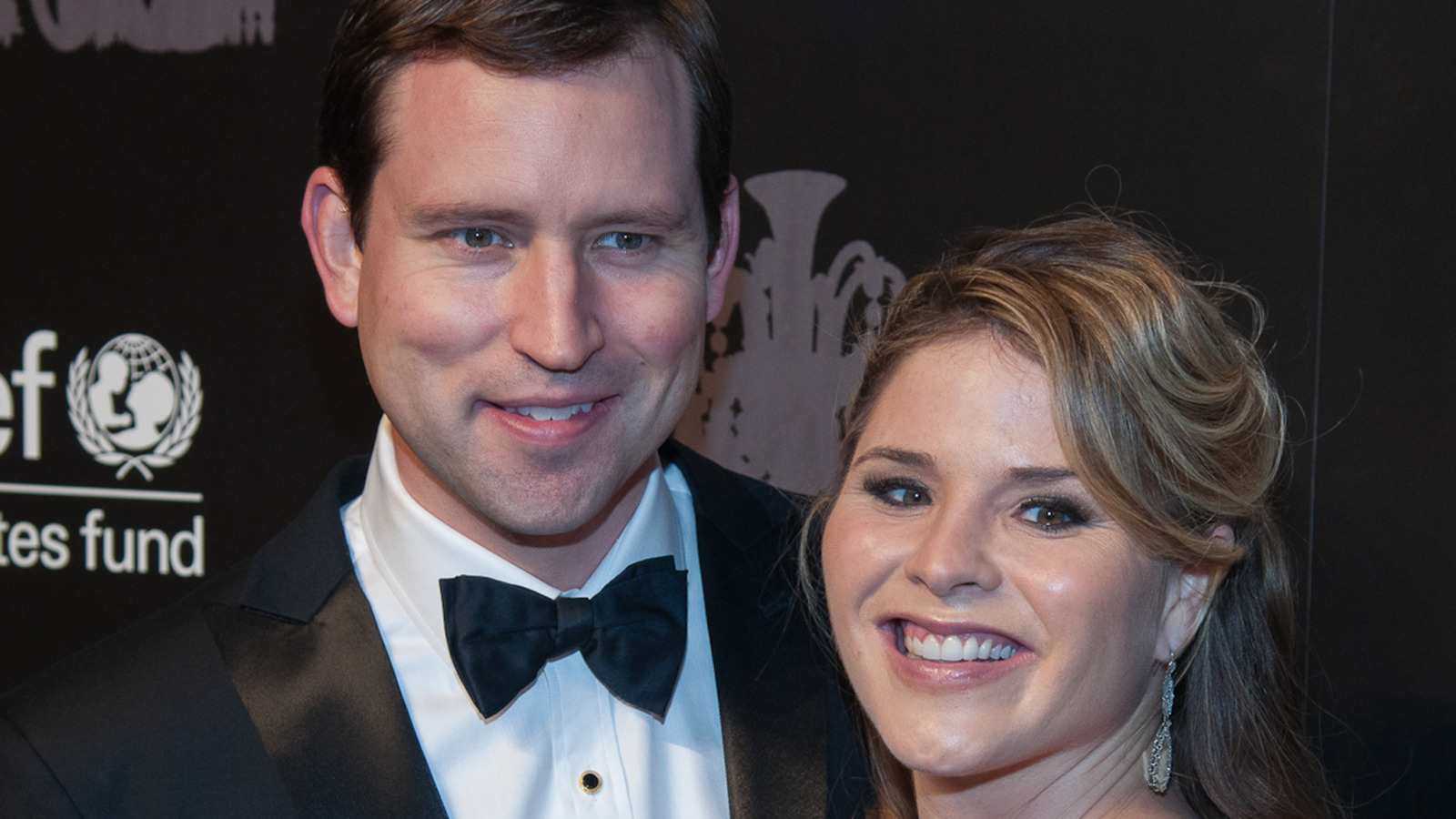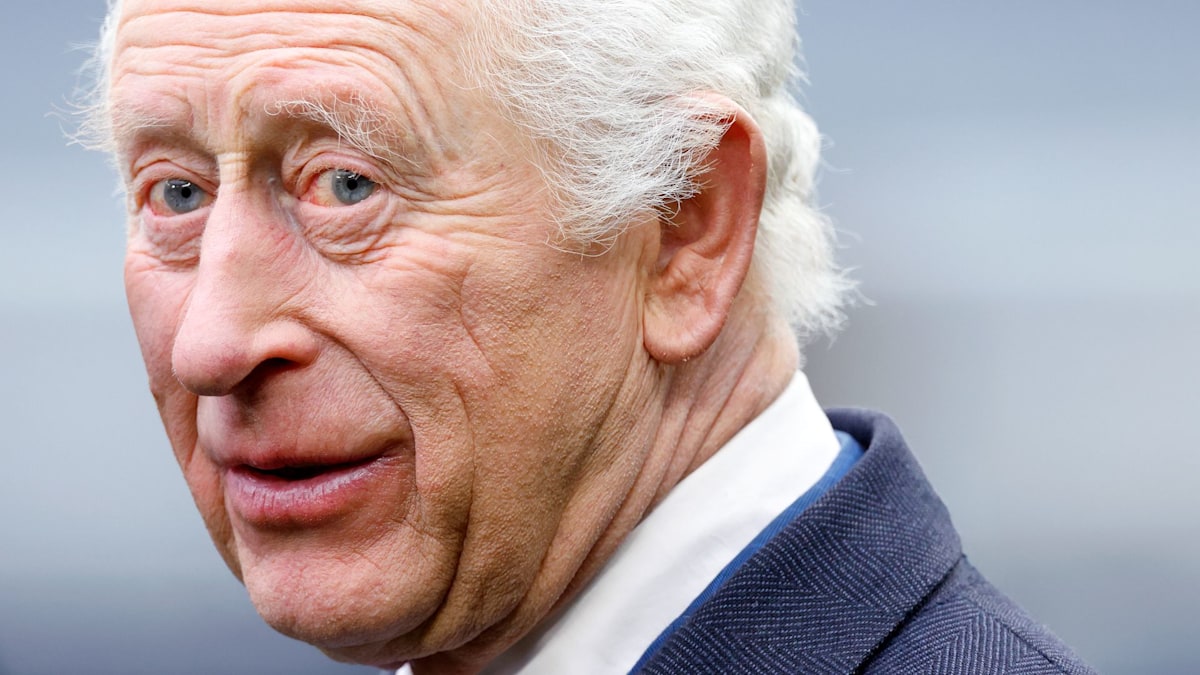
6 Things I Miss About Life Before I Was a Yoga Teacher
“], “filter”: { “nextExceptions”: “img, blockquote, div”, “nextContainsExceptions”: “img, blockquote, a.btn, a.o-button”} }”>
Heading out the door? Read this article on the new Outside+ app available now on iOS devices for members!
>”,”name”:”in-content-cta”,”type”:”link”}}”>Download the app.
Once upon a time, I was a gainfully employed tech sales executive who found herself under immense work pressure. My favorite escape? The local yoga studio. Sometimes during Savasana, fantasies of leaving my six-figure salary and becoming a yoga teacher crept in. After 16 years of practicing yoga, that fantasy finally became my reality.
Honestly, I had no idea what my 180-degree career change would bring. As someone who has never been a morning person, I never imagined teaching 7:30 am classes with a pep in my step. Yet now I wake up before my alarm clock has a chance to ring.
I’m not saying everything is rosy. It took a tremendous mindshift as well as considerable sacrifice to go from a yoga student to yoga teacher. Although I have no regrets, there are several things I was surprised to miss about the days when I could simply show up to class, unroll my mat, and be led through my practice.
6 Things I Miss About Life Before Becoming a Yoga Teacher
1. The Freedom
I miss the ease of being a consumer at a yoga studio. True, as a student, it takes effort to muster the motivation to get to the yoga mat. But as a teacher, that effort is multiplied tenfold to summon the energy to adequately prepare and show up before class starts, create a positive learning environment, and shake off anything personal that might affect my ability to nurture others, whether that be physical, emotional, or mental.
The work extends beyond the hour-long class. I had to seriously consider sacrificing my early mornings, evenings, and weekends—all prime times for yoga classes. It can also affect your social life in other ways. For example, my mentor doesn’t drink alcohol the night before she teaches.
I also have to be extremely mindful of not burning out by making peace with the fact that teaching 12 classes weekly is my maximum bandwidth. (Related: See thing number 5 that I miss, “Making More Money,” below). I also constantly evaluate my teaching schedule and sometimes make the difficult decision to remove any class that no longer feels like a big YES.
Even though it’s worth it, these sacrifices weren’t readily apparent to me or my family before I’d committed to my teaching.
2. The Magic
I miss the simplicity of not knowing what goes on behind the curtain when I attend class. It’s challenging to follow a flow without trying to remember all the clever transitions and cues the teacher offers. (There may have been times when I took notes on my phone.) And that takes me out of my practice.
At some point, I figured out that before I take another teacher’s class, I need to make a conscious decision about which adventure I want that day. Will I take class with a beginner’s mindset and stop thinking like a teacher? Or will I take class with a focused attention to detail so I can expand my repertoire of cueing, sequencing, offering inclusive variations, and so on?
As a perfectionist, it’s tempting to keep choosing the teacher’s adventure. But I have found that taking class with a beginner’s mindset has been the key to keeping the magic alive.
3. Time for My Practice
For many years, I attended yoga class multiple times a week. After beginning to teach, however, the last thing I thought of doing was yoga. I’m not alone in my struggle to find time for my practice while teaching others. As one of my yoga teacher friends recently shared, “When I practice by myself at home, oftentimes, I end up just lying there.”
Until recently, I was lucky if I was able to take class once every couple of weeks. Because I still meditated and relied on other self-care practices, I told myself this was enough.
It was not. Only when I was hired to teach at a new studio did I start taking classes more regularly. The more I engaged with the beginner’s mindset, the more yoga resonated with my body once again.
4. Less Responsibility
Planning sequences, creating playlists, engaging in continuous learning, and making time for marketing, scheduling, and administrative tasks are all part of a yoga teacher’s everyday life. Unfortunately, there is no hourly compensation for any of these.
I learned early on that I needed to accept that they are an integral part of most successful yoga teachers’ reality. So, instead of procrastinating, I try to make them playful. For example, I love introducing others to different music and derive satisfaction from having students inquire about my playlists.
Not all of these tasks are enjoyable. But some of them bring me gratification.
5. Making More Money
No one goes into this profession thinking they’re going to become a millionaire. The desire to teach yoga goes much deeper than that. But if teaching yoga is something you intend to do full-time, you need to make some major financial considerations.
The other day my daughter, who is at the age where she’s beginning to pick up on money-talk around the house, asked, “What if we don’t have enough money to pay for taxes next year?” If you have a family, have serious conversations with everyone who will be affected by your decisions.
Pride aside, I chose to get comfortable asking friends and family to support my donation-based classes, workshops, and retreats. Instead of feeling spammy, I communicated that the money they give me comes back to them in the form of my shared knowledge and wisdom–something I have spent countless hours and thousands of dollars acquiring through certifications and training.
I am fortunate to have done well in my last career, which has put me in a position to make the switch. While my annual income is drastically different, teaching yoga feels like one of my life’s greatest purposes.
6. Development and Growth
I miss devouring spiritual books and philosophy without any agenda and taking pleasure from learning without needing to articulate the takeaways and lessons to anyone but myself. As a teacher, I’ve had to change my focus from my personal growth to facilitating that of others.
At first, I thought I was sacrificing time away from my own svadhyaya, or self-study, by becoming a teacher. But the surprising thing is that becoming a teacher accelerated my growth. I’ve become more serious about my continuing education now that I have the privilege of being part of others’ expansion. As the saying goes, “Sometimes a teacher, always a student.”










